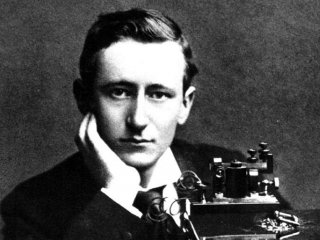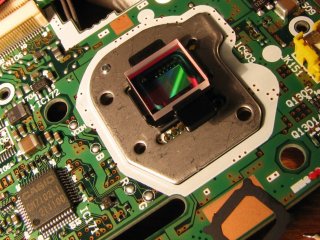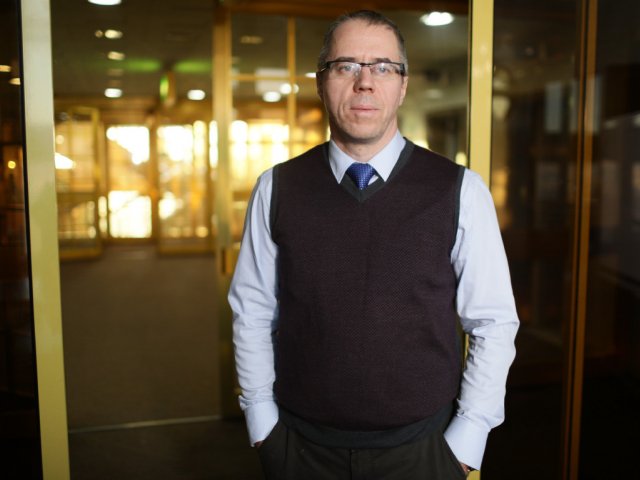
Igor Grabar, a famous artist and art critic, gave a sharp comment about the cathedral: he called it “a garden of horrible vegetables.” Andrey Voznesensky, a poet with an architect’s diploma, had a similar opinion about it: he said its domes looked like “coconuts and pumpkins from the dreams of a Michurin from the 16th century.” According to the poet Dmitry Kedrin, “when the Tsar beat the Golden Horde near Kazan, he asked architects to come to his court and to build a stone temple in commemoration of that victory.” That is true: Ivan IV, who was nicknamed “Ivan the Terrible” afterwards, promised to build a temple if he conquered Kazan, and kept his word. Russian architects Barma and Postnik Yakovlev erected a cathedral instead of the wooden Trinity church over the Kremlin Moat, near St. Basil’s grave. However, they broke the tsar’s order to build a church of eight towers (there were eight decisive battles near Kazan). But the architects had the courage to build nine “altars,” according to the laws of reason and beauty, as the annals say. According to the same annals, the church was finished on June 29, 1561. However, the architects were not blinded, despite what the legend says. They stayed alive and well, although no one knows their professional biographies. For some time, some experts presumed that it was the same person with different nicknames, but later, scientists found evidence of the fact that there were two architects.
In 1812, Napoleon attempted to explode the church, later, it barely avoided the Socialist reconstruction of Moscow. Architect Piotr Baranovsky saved it, but at the cost of his own freedom.























